10 Low-Maintenance Houseplants Everyone Should Have in Their Homes
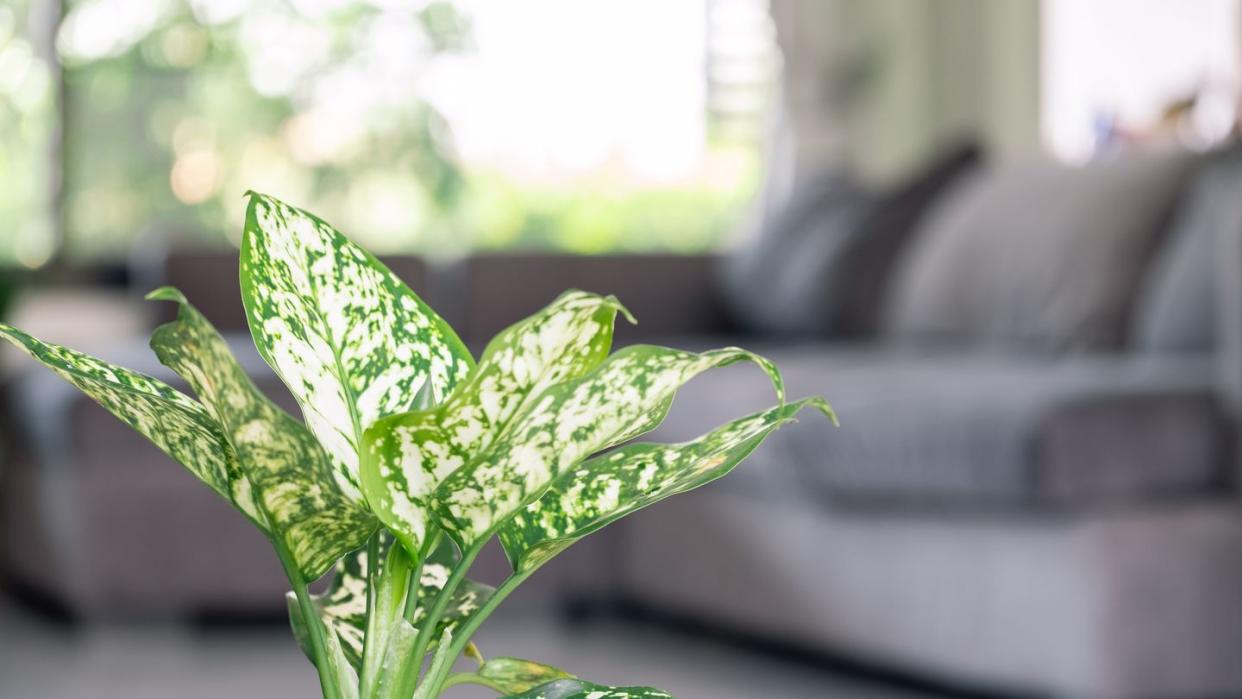
"Hearst Magazines and Yahoo may earn commission or revenue on some items through these links."
Houseplants add instant style and coziness to any room. “Plants add color and texture to your indoor displays, and they’re easy to care for if you provide the right growing conditions and don’t overwater them,” says Barbara Smith, consumer horticulture extension agent at the Home and Garden Information Center at Clemson University Extension. “My oldest houseplant is one that belonged to my grandmother, and my aunt shared divisions with me. I’ve had it for decades.”
But even if you’ve never grown anything in your life, you can keep a houseplant alive! Some of the best indoor plants will tolerate a little neglect (say, if you’re a wee bit forgetful about watering!) and lower light levels. Or you can invest in an inexpensive LED grow light if you don’t have bright, sunny windows.
The most important thing to remember is that you need to find the right place for your plant. Many of the most popular indoor plants are tropical in origin, so they like bright, indirect light.
That can be tricky to figure out, if you’re new at this. “I consider bright light where there is a shadow if you put your hand there, but not direct sunlight shining right on the plant,” says Lisa Eldred Steinkopf, blogger at The Houseplant Guru and author of Bloom: The Secrets to Growing Flowering Houseplants.
Whether you live in a big house, a dorm, or a cozy apartment, here are our favorite indoor plants to brighten up your home:
Houseplants can lend instant style and warmth to any room. “Plants add color and texture to your indoor displays, and they’re easy to care for if you provide the right growing conditions and don’t overwater them,” says Barbara Smith, consumer horticulture extension agent at the Home and Garden Information Center at Clemson University Extension. “My oldest houseplant is one that belonged to my grandmother, and my aunt shared divisions with me. I’ve had it for decades.”
But even if you’ve never grown anything in your life, we promise you can keep a plant alive — maybe even for decades once you get the hang of it! The best indoor plants can tolerate a little neglect (say, if you’re a wee bit forgetful about watering!) and lower light levels. Or you can invest in an inexpensive LED grow light if you don’t have bright, sunny windows.
The most important thing to remember is that you need to find the right place for your plant. Many of the most popular indoor plants are tropical in origin, so they like bright, indirect light. That can be tricky to figure out, if you’re new at this. “I consider bright light where there is a shadow if you put your hand there, but not direct sunlight shining right on the plant,” says Lisa Eldred Steinkopf, blogger at The Houseplant Guru and author of Bloom: The Secrets to Growing Flowering Houseplants.
Whether you live in a big house, a dorm, or a cozy apartment, here are our favorite low-maintenance indoor plants to brighten up your home.
Heart Leaf Philodendron
There are many different types of philodendrons, and most are easy-care. An old favorite, heart leaf philodendron, has beautiful heart-shaped leaves and an elegant vining form.
Give heart leaf philodendron bright, indirect light (not direct sun), and keep it slightly moist, says Steinkopf.
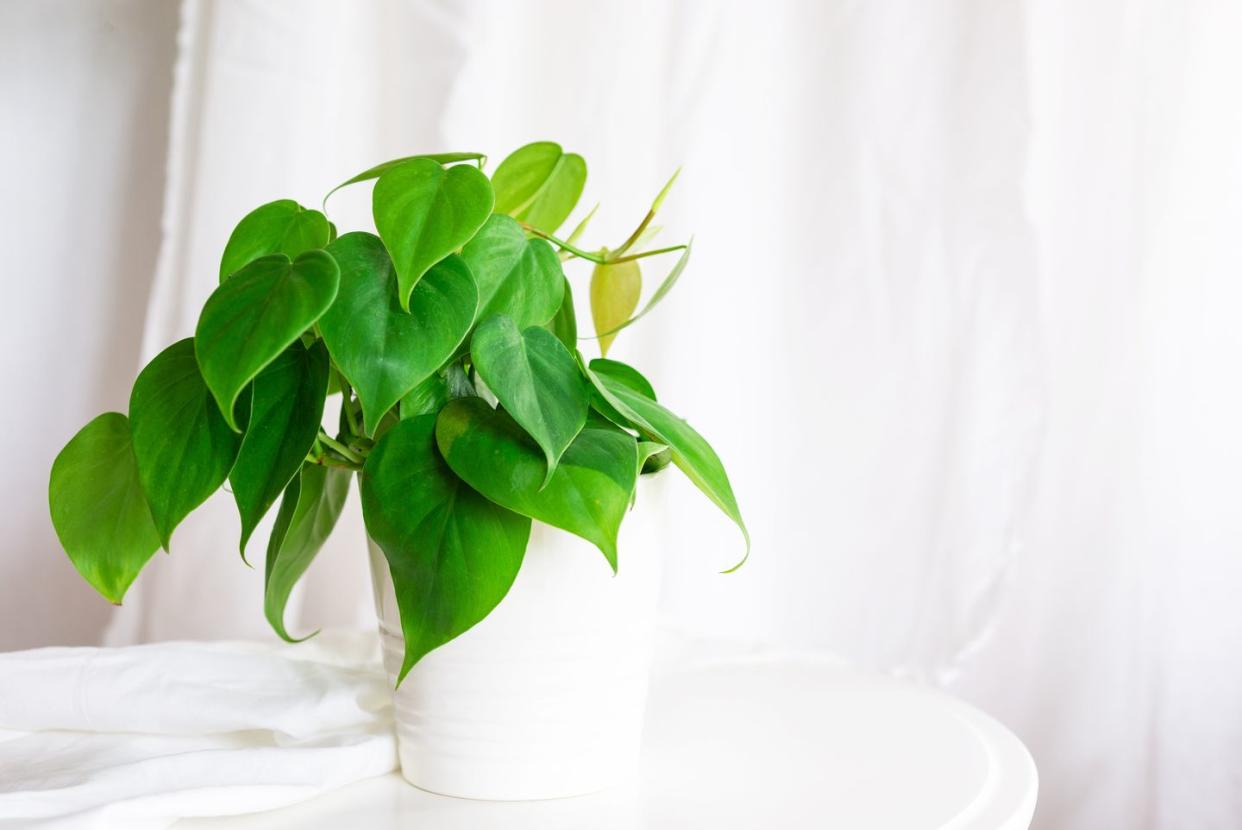
ZZ Plant
Zamioculcas zamiifolia, or the ZZ plant for short, has glossy green foliage and a striking upright form. “I love its architectural look,” says Steinkopf.
ZZ plants can tolerate low light levels and because of its large, fleshy roots, it can go two to three weeks without water.
RELATED: 21 Best Plants That Are Safe for Cats, Plus Safety Tips from a Vet
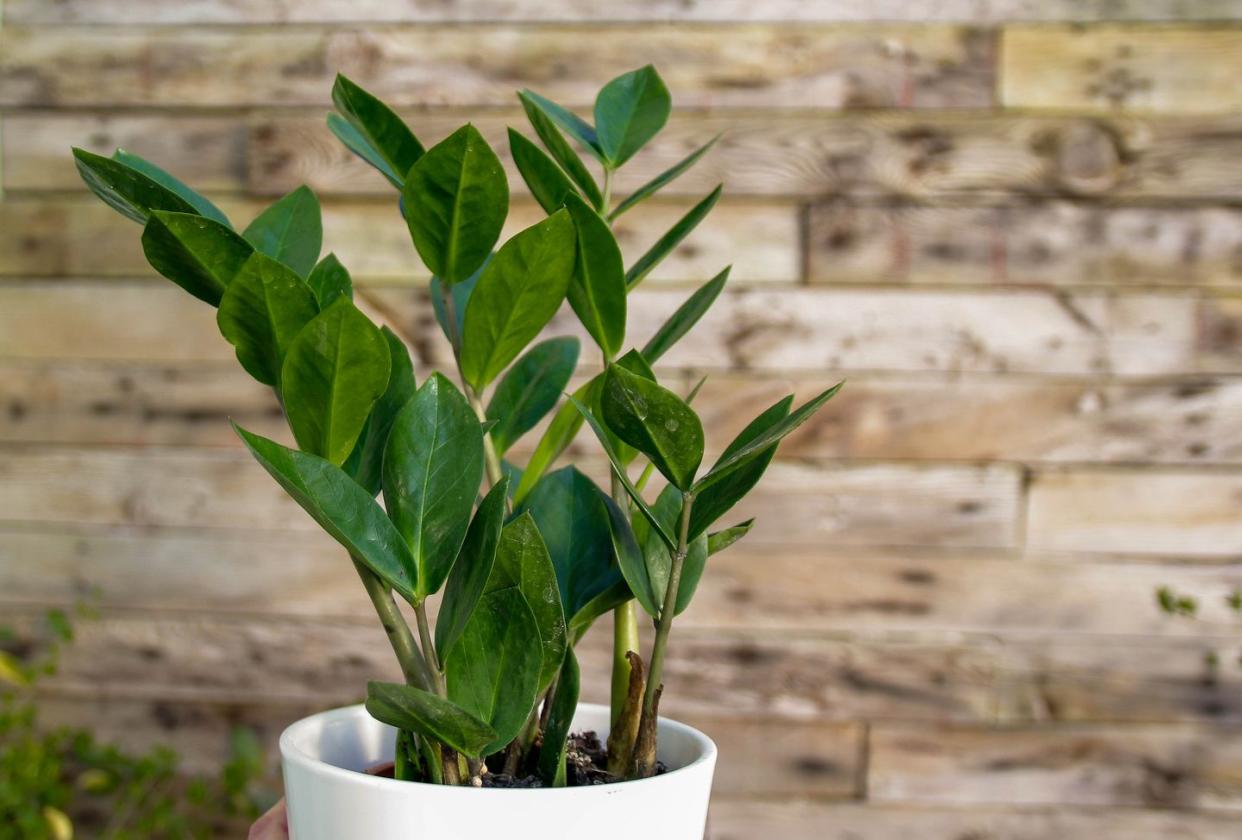
Snake Plant
Snake plants make great houseplants because they will put up with being ignored! They have long, sword-like or cylindrical foliage that make them eye-catching in any setting, too.
Snake plants will tolerate low light but are happier in medium-to-bright indirect light and will even take full sun, says Steinkopf. It’s a succulent, so it retains water in its fleshy foliage and can be watered every few weeks.
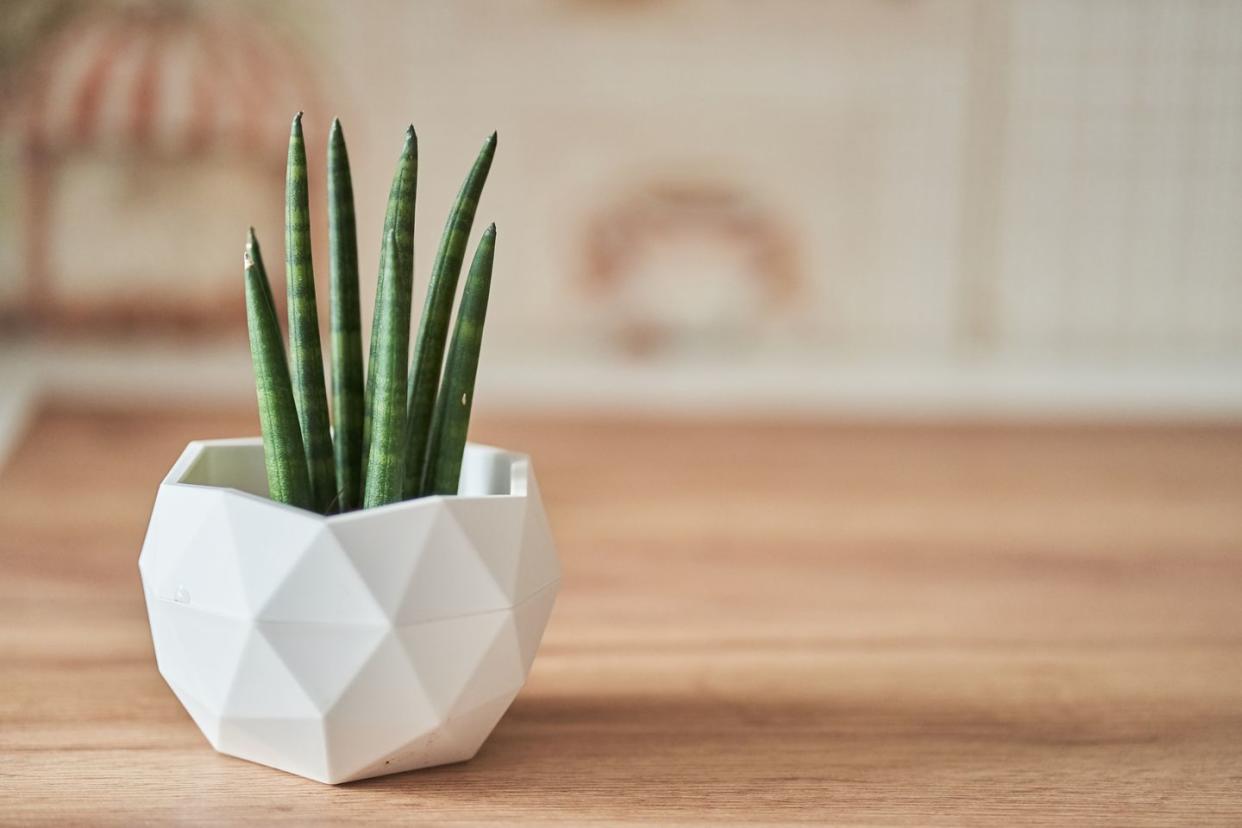
Rex Begonia
Grown for their beautiful foliage in a kaleidoscope of colors, rather than their small flowers, rex begonias are a great addition to your indoor plant collection, says Smith.
Give them bright indirect light, and water when the top layer of soil feels dry to the touch.
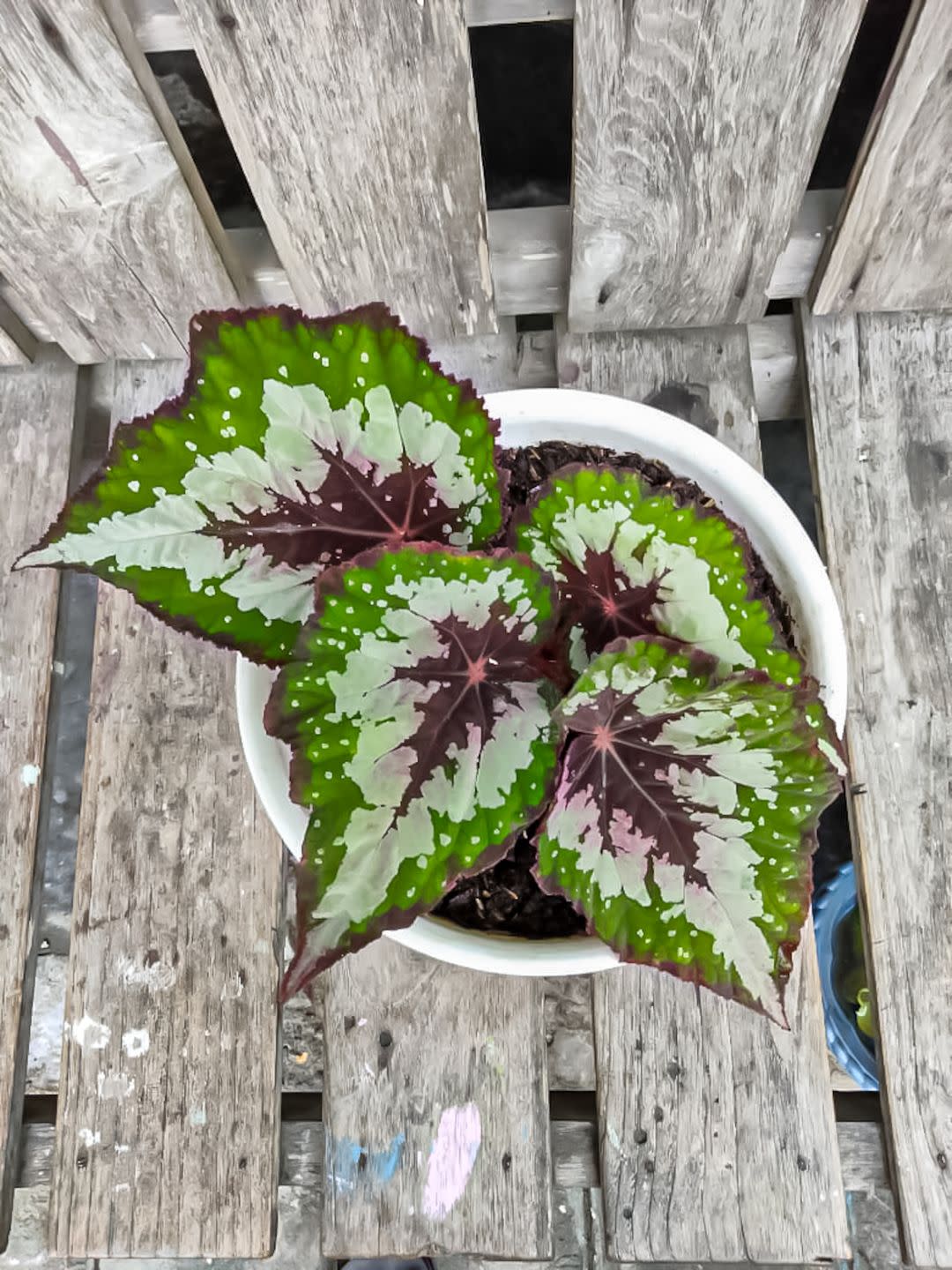
Aglaonema
This plant has been hybridized to come in so many fun colors. “The foliage may be red, pink, green and white or a combination of those colors,” says Steinkopf.
Aglaonema will tolerate low light levels and needs watered every couple of weeks.
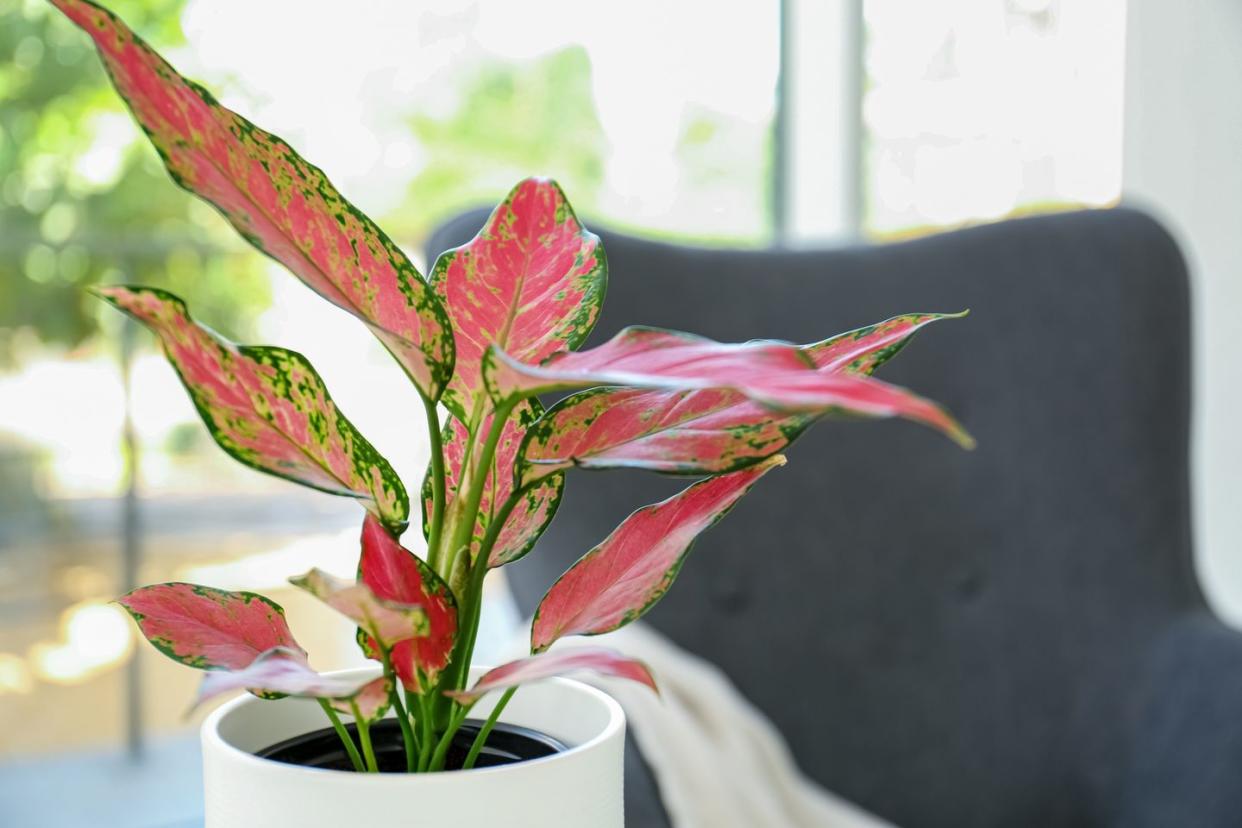
Phalaenopsis Orchid
Phalaenopsis orchid, also known as moth orchid, has beautiful, delicate flowers in an array of exquisite colors. “These are the easiest orchids to grow and will stay in bloom, when they’re happy, for three to four months,” says Smith. And don’t prune the spent bloom stalk until it has turned brown, as it sometimes develops new flower spikes off the old spike.
Give moth orchids bright, indirect light, and water about once a week if potted in bark or when the top feels dry if potted in moss.
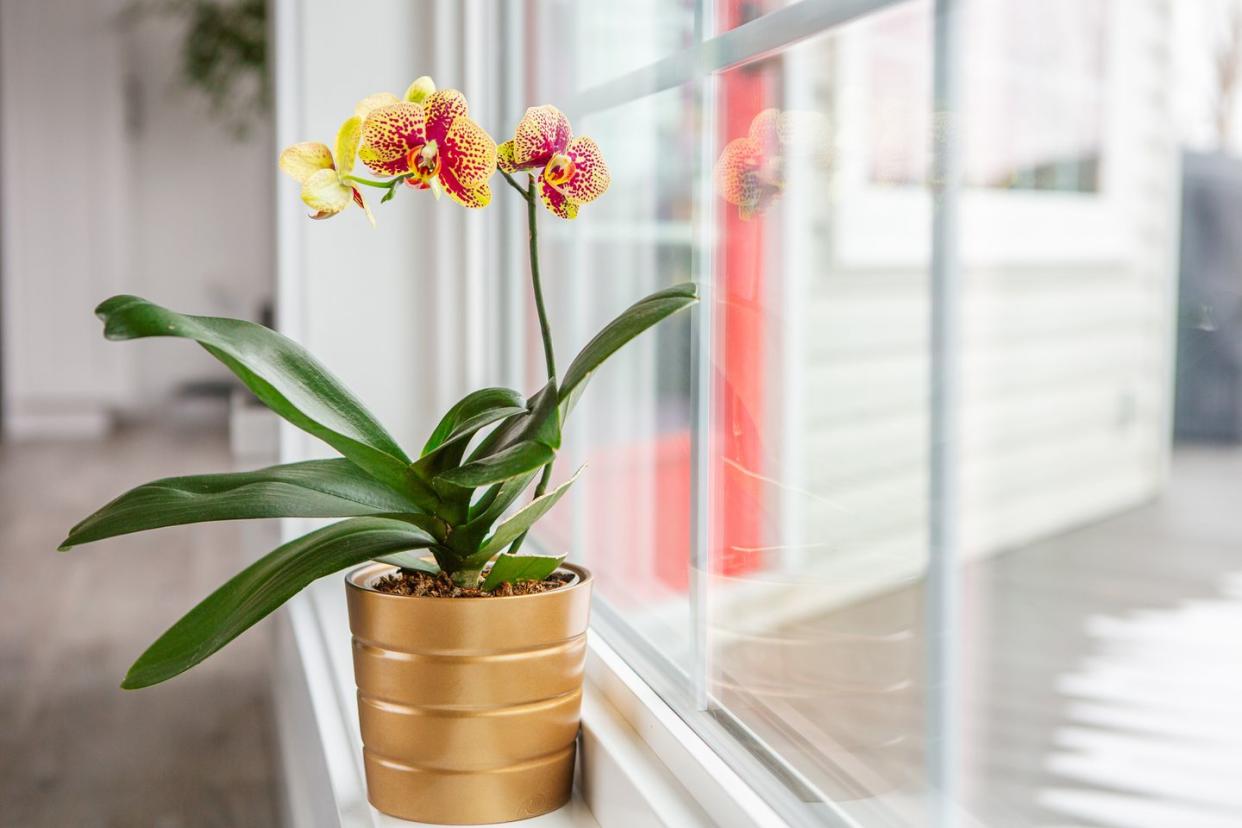
Bird's Nest Fern
While some ferns can be fussy and don’t adapt well to indoor conditions (we’re looking at you, Boston fern!), bird’s nest fern has thick fronds arranged in a vase shape. “I love the architectural look of this plant,” says Smith.
Give bird’s nest fern lots of indirect light, and keep the soil slightly moist, not sopping wet.
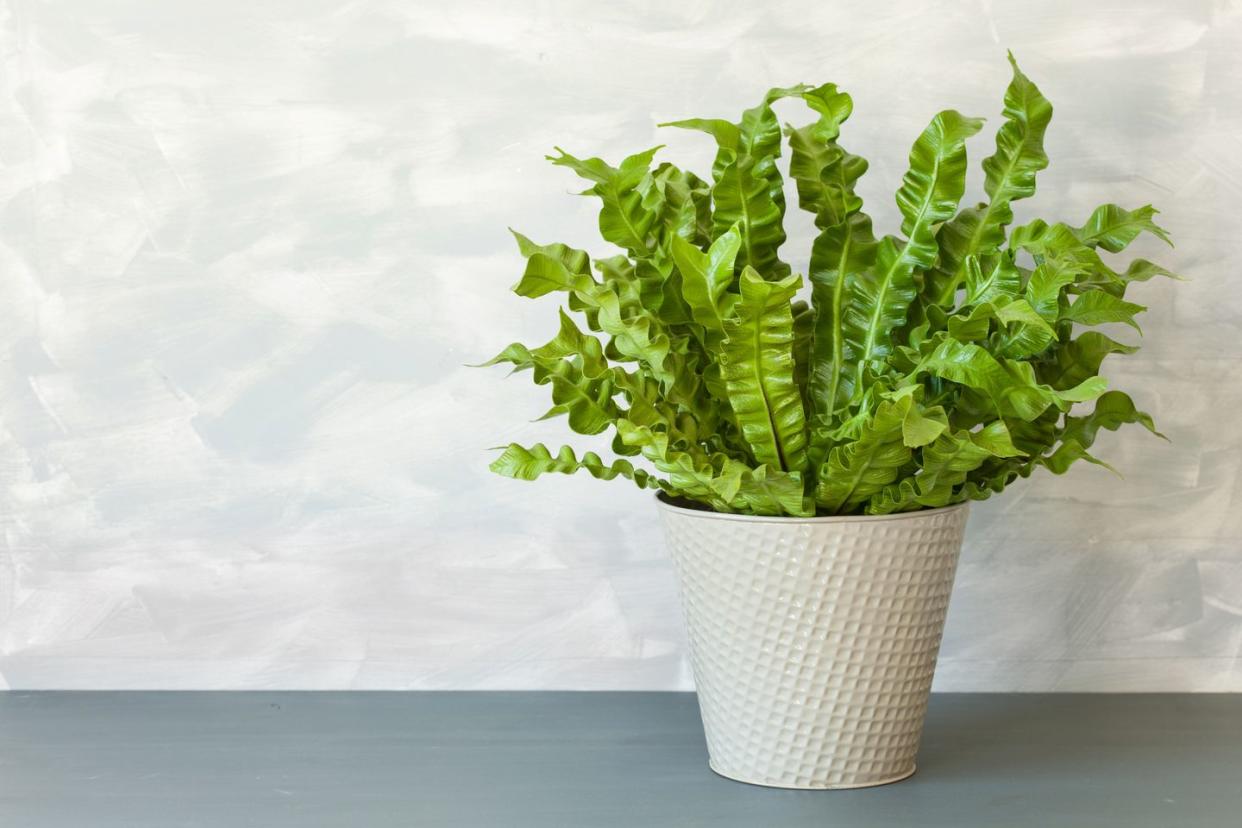
Rabbit's Foot Fern
Rabbit’s foot ferns have lovely, lacy fronds and, as it matures, furry rhizomes that grow over the edges of the pot. These rhizomes resemble — you guessed it! — fuzzy rabbit paws. This plant looks best in a hanging basket to show off its graceful form, says Smith.
Give rabbit’s foot ferns bright, indirect light and keep the soil evenly moist.
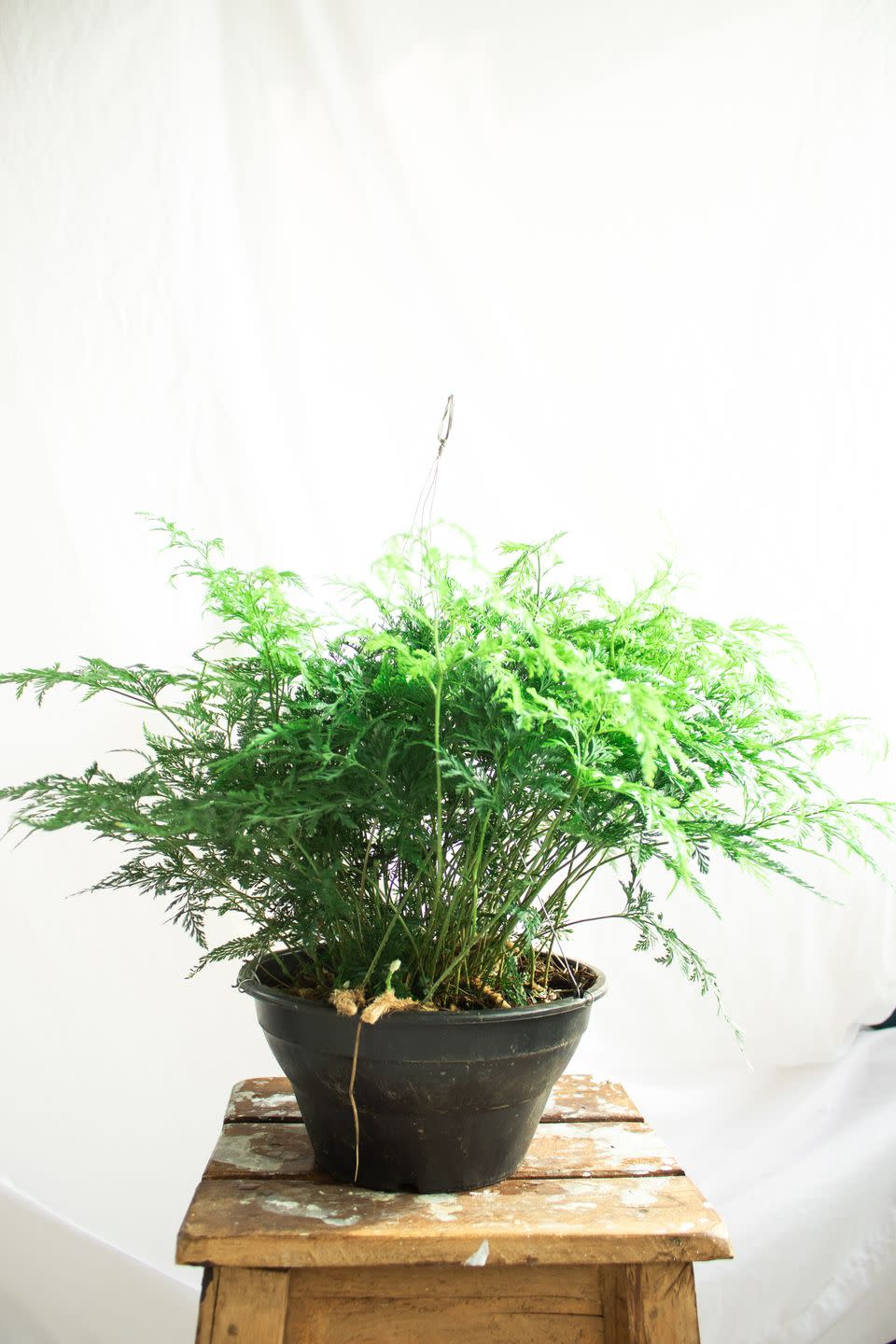
African Violet
Though often considered old-fashioned, this sturdy and inexpensive houseplant is easy to grow and blooms most of the year, if you give it what it wants, says Steinkopf.
Make sure African violets have bright, indirect light and keep them evenly moist. Water from the bottom by placing the pot in a sink with a few inches of water in order to protect the fuzzy leaves from water damage.
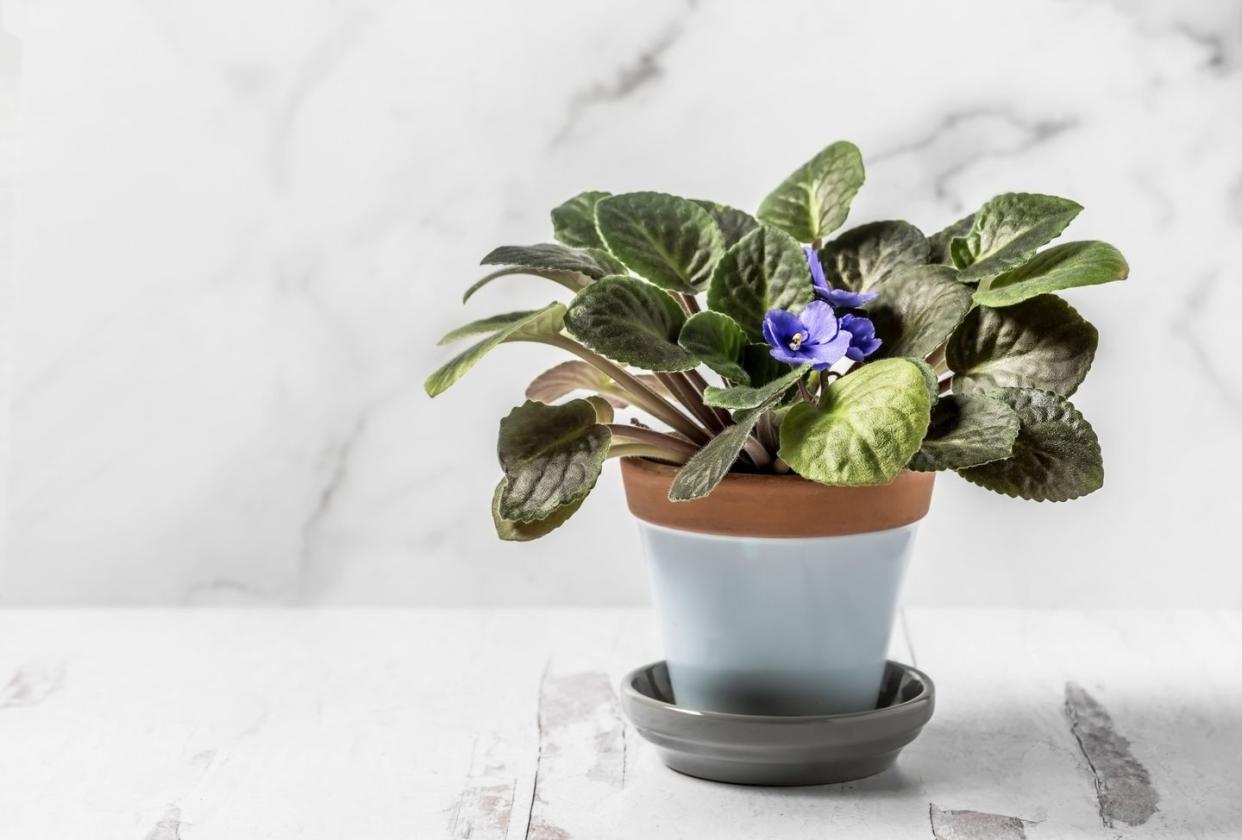
Pothos
Super-easy to grow and available in many different varieties with glossy green leaves and a climbing or draping form, pothos is a perfect “first” plant for new plant parents.
Give it bright indirect light, though it will tolerate low light, and water when the top inch or two of soil feels dry.
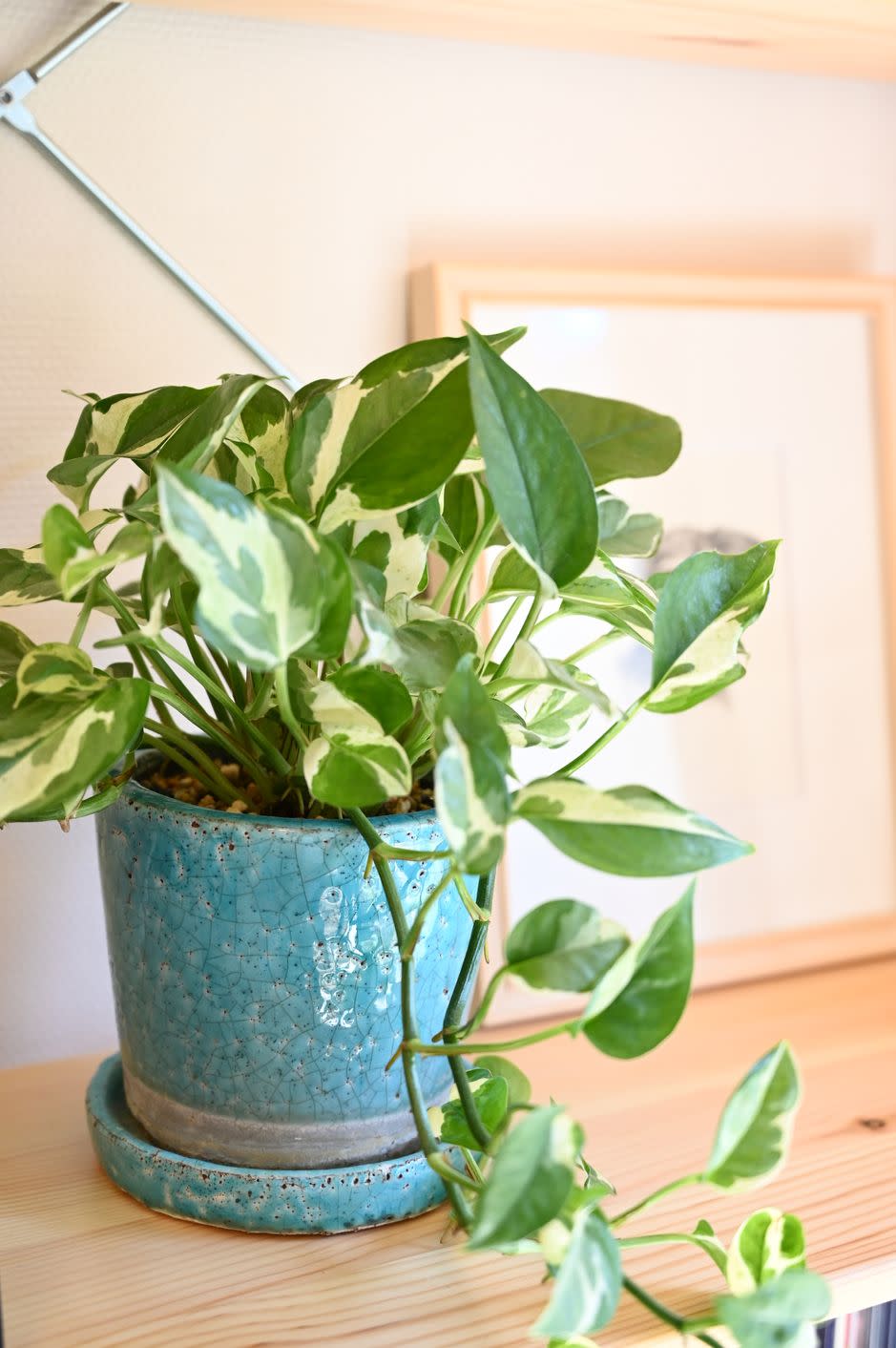
FAQs
What is the best indoor plant for beginners?
There are many indoor plants that are great for beginners. “My top picks are ZZ plants, philodendrons and snake plants,” says Steinkopf.
These plants are somewhat forgiving of neglect, if you forget to water, and will tolerate lower light levels. They’re also are not super-expensive so you don’t have to shell out big bucks if you’re worried you won’t be able to keep them alive!
How do you know when to water indoor plants?
“I don’t water on a schedule. I check the plant on a schedule,” says Steinkopf. “I check the potting medium with my finger. In a large container, what is going on in the bottom of the pot may not be what is going on with the top of the pot, so use a wooden dowel and stick it as far down into the pot as you can."
Leave the stick in place for a few minutes, then pull it out. If the bottom of the stick is moist, it probably isn’t ready for water. Try again in a few days.
If the stick is dry, water until it runs out of the bottom of the pot. That’s why it’s always important to make sure your container has drain holes, says Steinkopf.
If you’ve placed the pot in a decorative pot without holes or the pot has a saucer beneath, dump out any excess water after a few minutes because houseplants should not be left in standing water.

You Might Also Like
